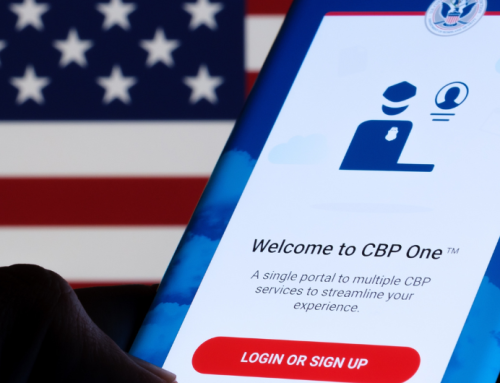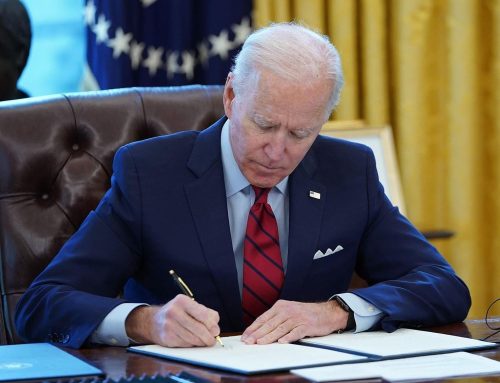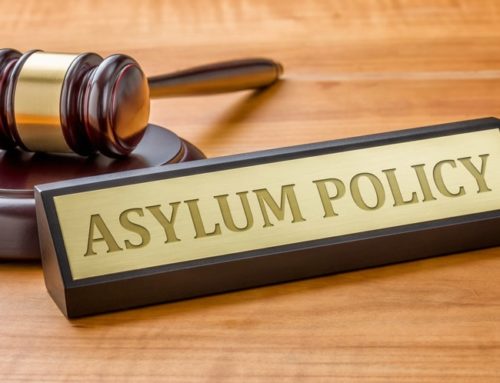Obama Administration to Halt Deportations of DREAMers
On June 15, 2012, Secretary of Homeland Security Janet Napolitano announced that, effective immediately, certain young people who were brought to the United States as young children, do not present a risk to national security or public safety, and meet several key criteria, will be considered for relief from removal from the country or from entering into removal proceedings. Those who demonstrate that they meet the criteria will be eligible to receive deferred action for a period of two years, subject to renewal, and will be eligible to apply for work authorization.
The young undocumented immigrants targeted by the announcement are known as “DREAMers”, after the so-called DREAM Act (acronym for Development, Relief, and Education for Alien Minors), which aims to legalize status of certain children of undocumented immigrants. Despite President Obama’s support of the DREAM Act, the legislation has not yet been passed by the U.S. Congress. In his address on the new policy, President Obama stressed that it is not an amnesty and not a permanent fix of the U.S. immigration system, as the cases will be considered on an individual basis. Nevertheless, it is estimated that the new directive would cover as many as 800,000 young people.
The memorandum states: “Department of Homeland Security (DHS) should enforce the Nation’s immigration laws against certain young people who were brought to this country as children and know only this country as home. As a general matter, these individuals lacked the intent to violate the law and our ongoing review of pending removal cases is already offering administrative closure to many of them. However, additional measures are necessary to ensure that our enforcement resources are not expended on these low priority cases but are instead appropriately focused on people who meet our enforcement priorities. The following criteria should be satisfied before an individual is considered for an exercise of prosecutorial discretion pursuant to this memorandum:
- came to the United States under the age of 16;
- has continuously resided in the United States for a least five years preceding the date of this memorandum and is present in the United States on the date of this memorandum;
- is currently in school, has graduated from high school, has obtained a general education development certificate, or is an honorably discharged veteran of the Coast Guard or Armed Forces of the United States;
- has not been convicted of a felony offense, a significant misdemeanor offense, multiple misdemeanor offenses, or otherwise poses a threat to national security or public safety; and
- is not above the age of 30″ as of the date of the memorandum.
With regard to individuals who meet these criteria, the DHS has instructed the U.S. Immigration and Customs Enforcement (ICE) and U.S. Customs and Border Protection (CBP) to immediately exercise their discretion, on an individual basis, in order to prevent low priority individuals from being placed into removal proceedings or removed from the United States. The U.S. Citizenship and Immigration Services (USCIS) has been instructed to implement the memorandum consistent with its existing guidance regarding the issuance of notices to appear, presumably stopping referring qualifying cases to immigration courts.
With regard to young people who are in removal proceedings but not yet subject to a final order of removal, and who meet the above criteria, the DHS has instructed ICE to exercise prosecutorial discretion, on an individual basis, by deferring action for a period of two years, subject to renewal, in order to prevent low priority individuals from being removed from the United States. ICE has been instructed to use its Office of the Public Advocate to permit individuals who believe they meet the above criteria to identify themselves through a clear and efficient process, and to begin implementing this process within 60 days of the date of this memorandum. ICE has also been instructed to immediately begin the process of deferring action against individuals who meet the above criteria whose cases have already been identified through the ongoing review of pending cases before the Executive Office for Immigration Review. Similarly, the USCIS has been instructed to establish a clear and efficient process for exercising prosecutorial discretion, on an individual basis, by deferring action against individuals who meet the criteria and are at least 15 years old, for a period of two years, subject to renewal, in order to prevent low priority individuals from being placed into removal proceedings or removed from the United States.
This policy directive continues the trend the Obama Administration has adopted of focusing on removal of aliens convicted of serious crimes, while assigning non-criminal aliens as low-priority cases for removal. In order to obtain work permits, beneficiaries of deferred action would need to demonstrate economic necessity in employment authorization (although not necessarily economic hardship). There are certain factors that disqualify undocumented young people from the relief provided by the new policy. For example, a person convicted of a felony, “significant misdemeanor” (including driving under influence, misdemeanors involving violence, threats, assaults, unlawful drug or gun possession), 3 misdemeanors, or raising national security concerns would not be eligible for deferred action. However, a person ineligible for deferred action may still be eligible for prosecutorial discretion under the ICE memorandum from June 2011.
I.S. Law Firm applauds this encouraging move of the Obama Administration toward providing the young “Dreamers” with a way of legally living and working in the United States. Our attorneys have provided consultation and legal help to many immigrants, including in complicated cases involving removal proceedings. To explore your immigration options, please contact us at +1-703-527-1779 or via email at [email protected].






